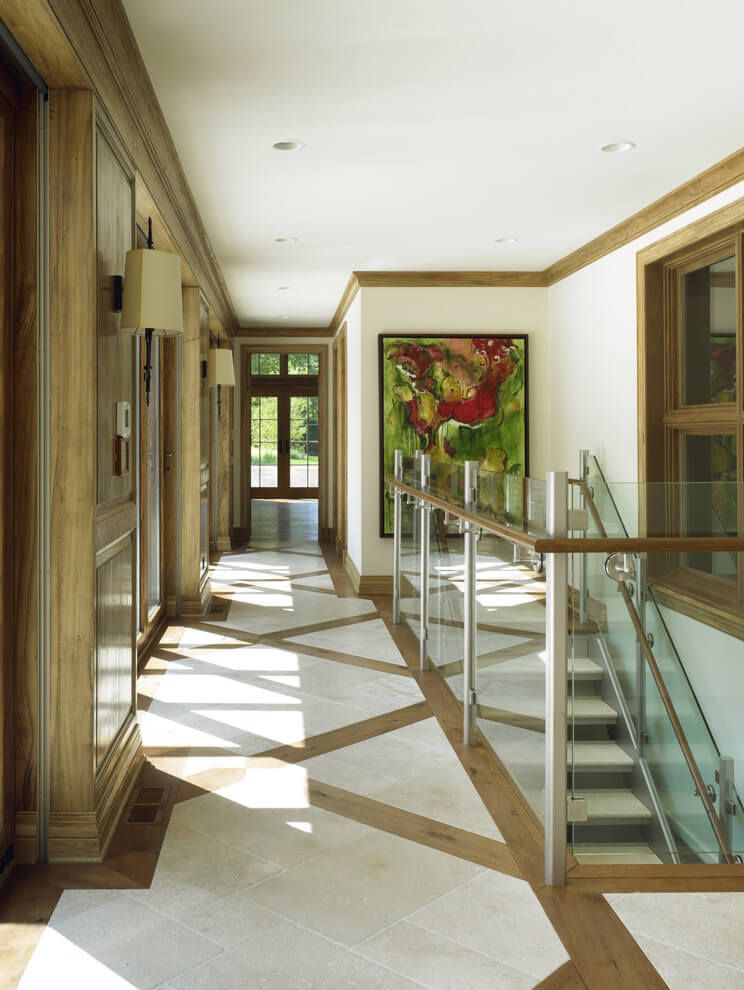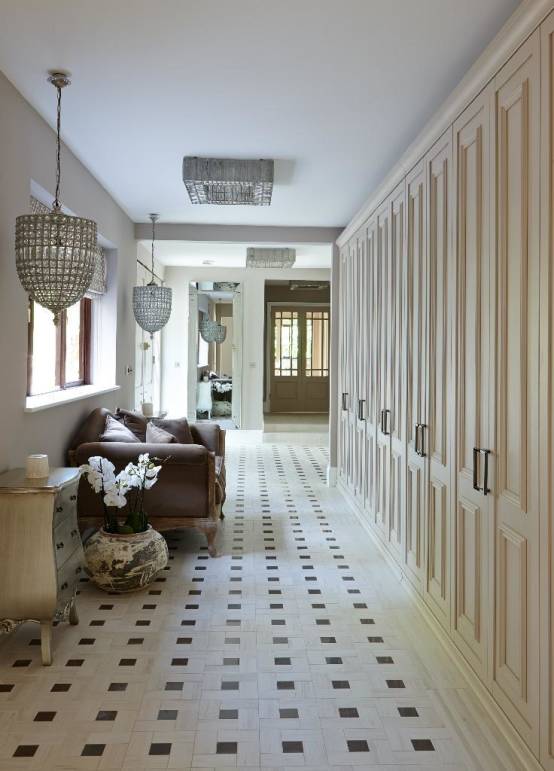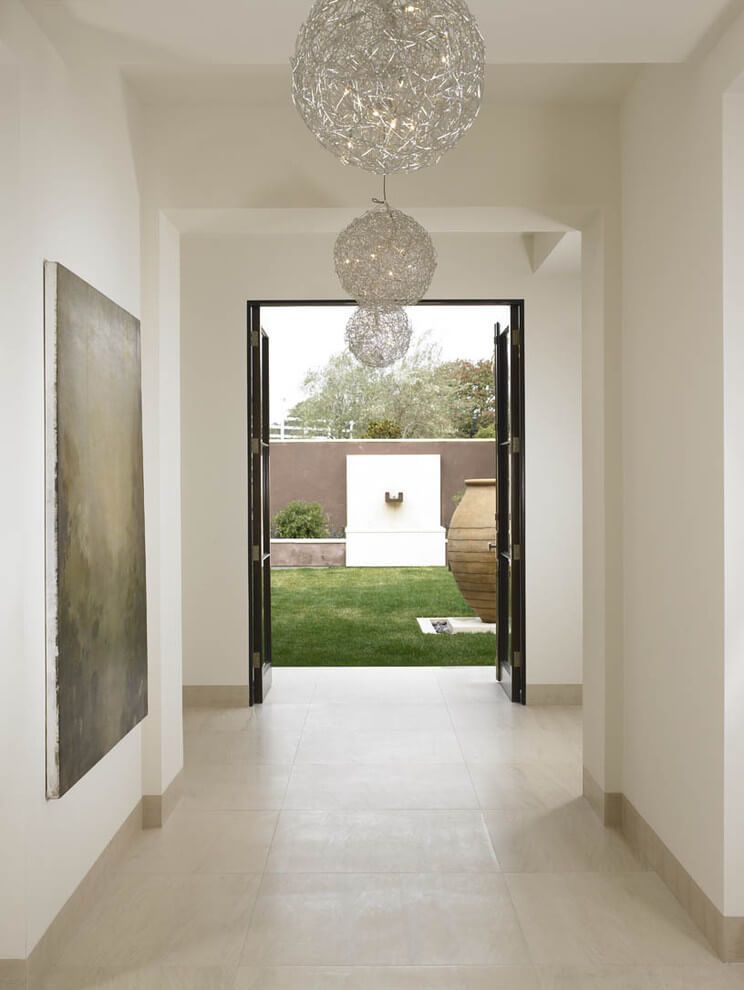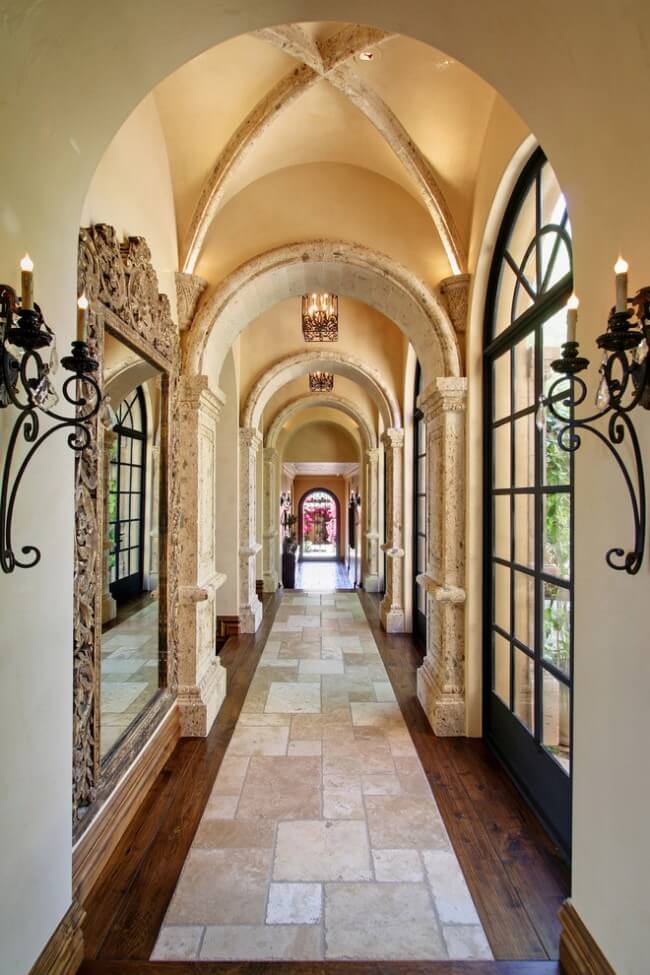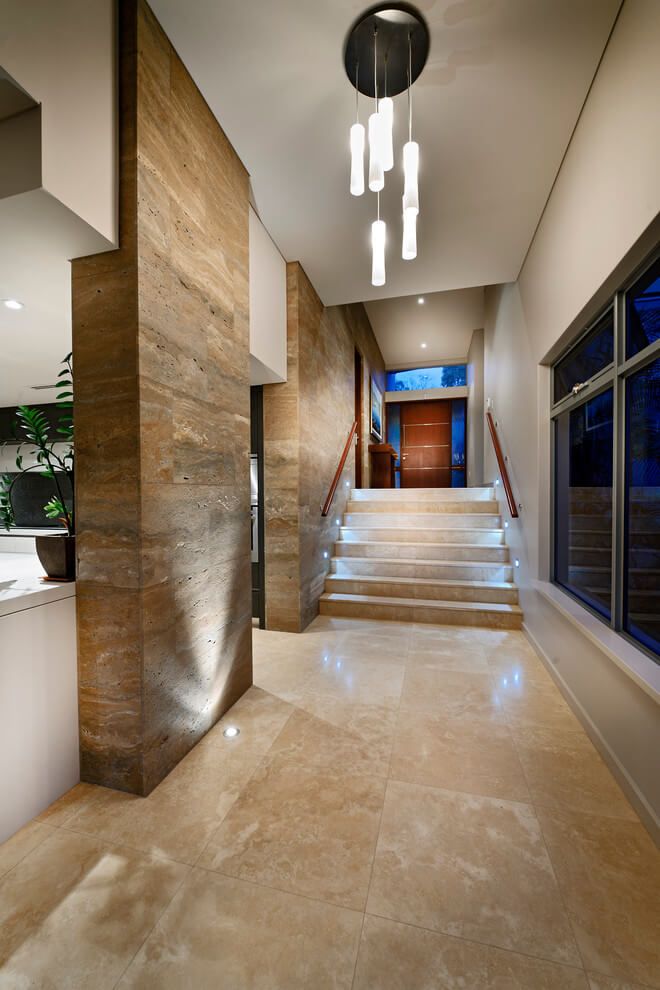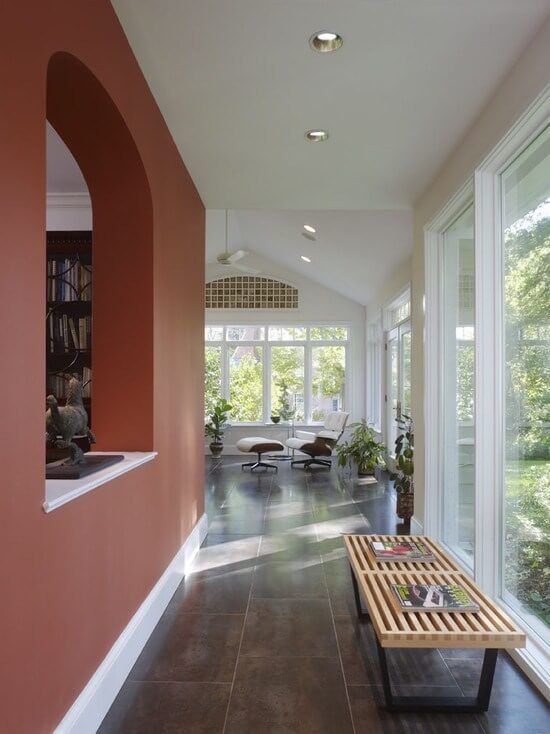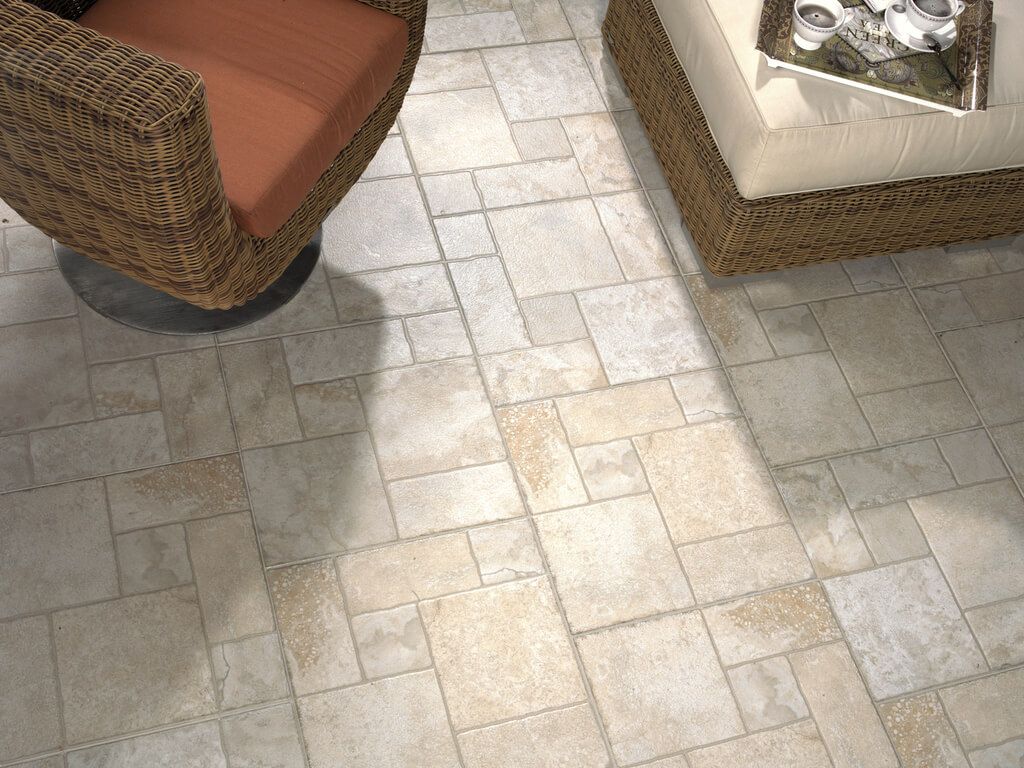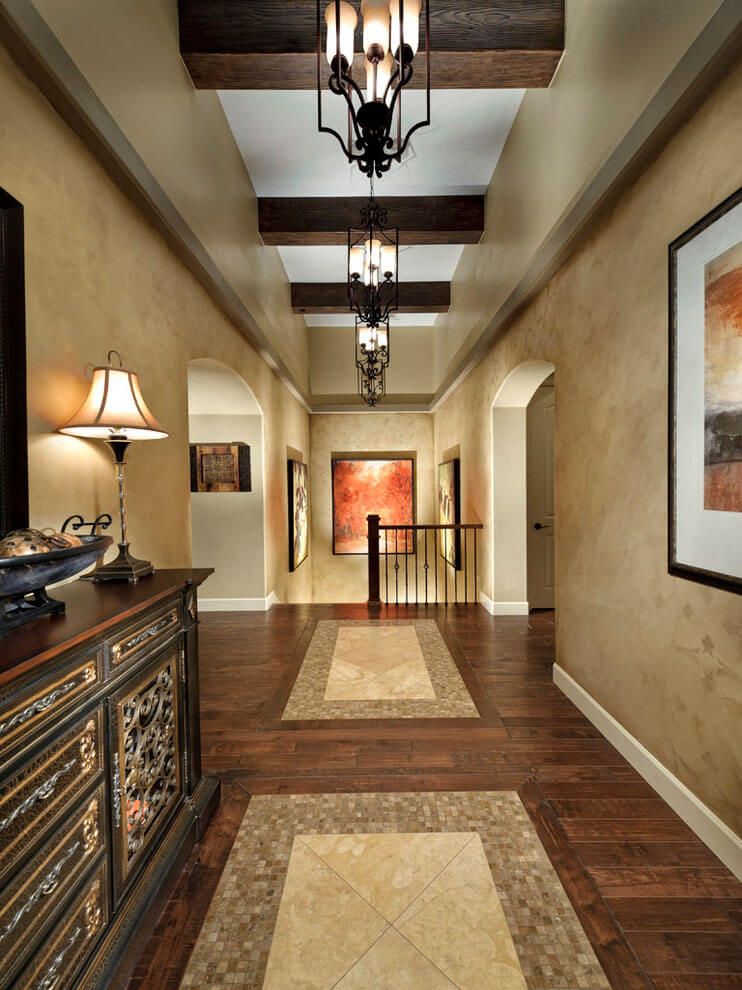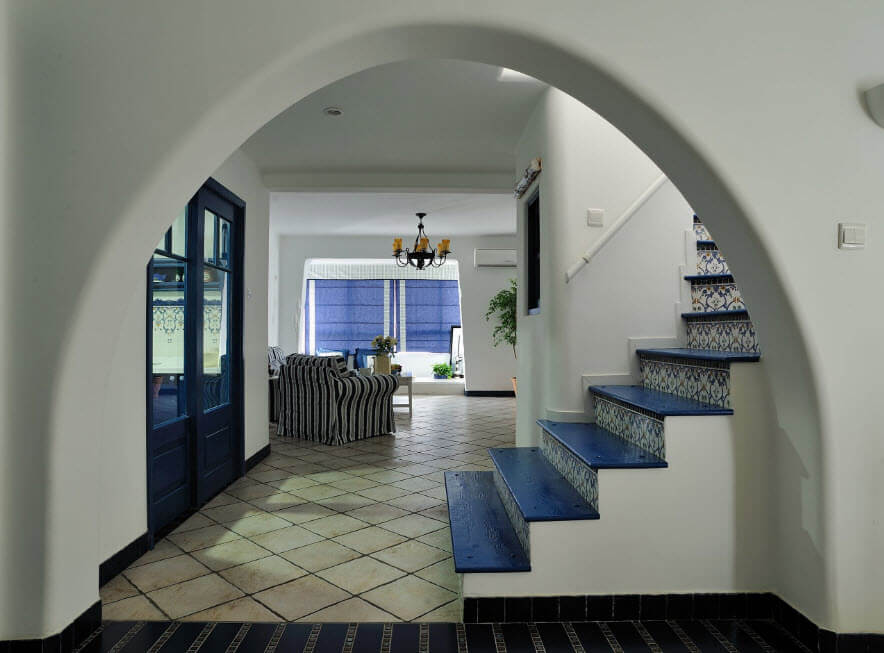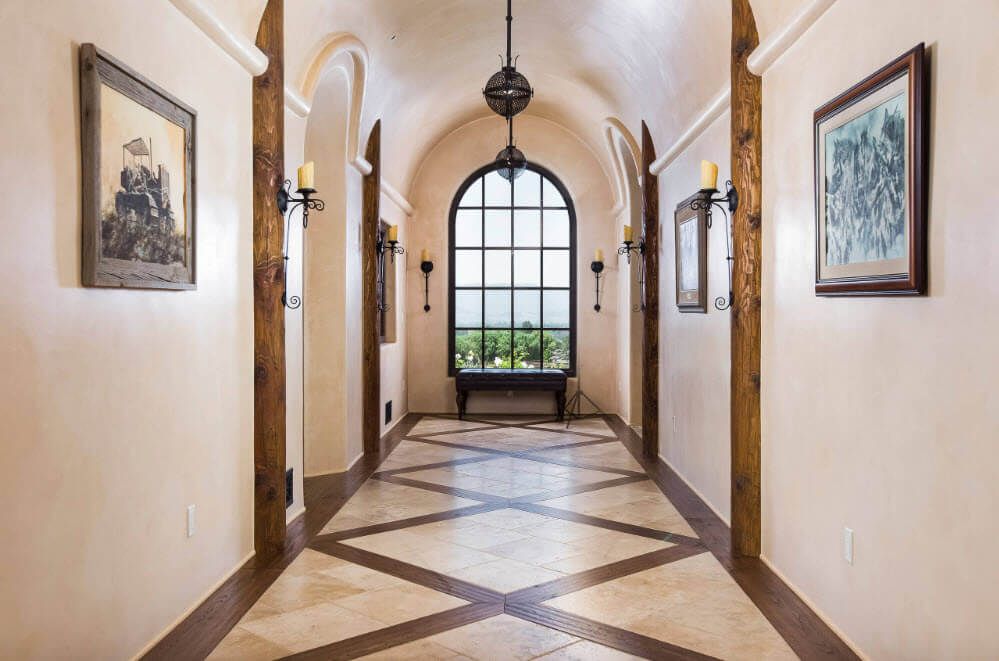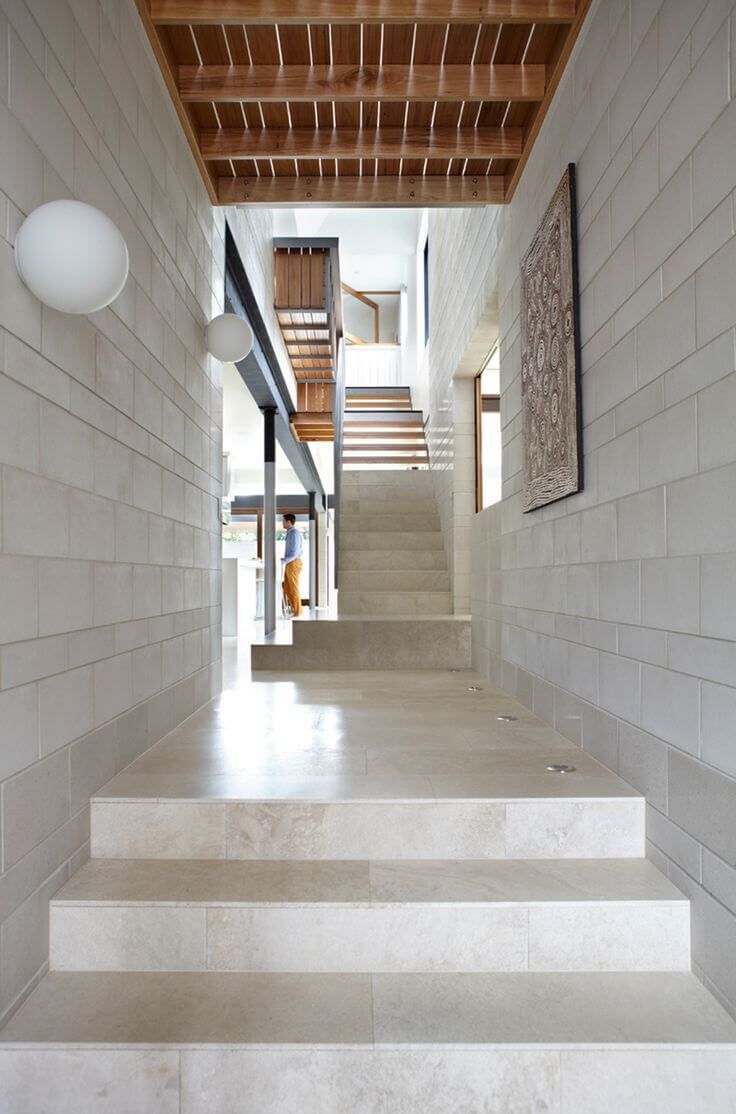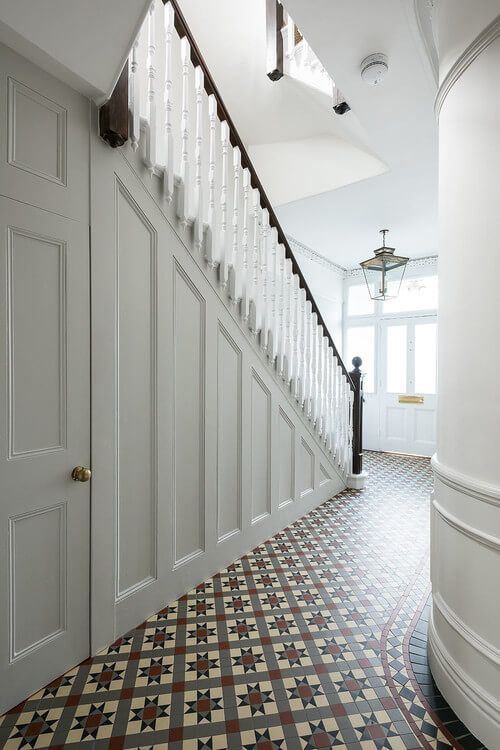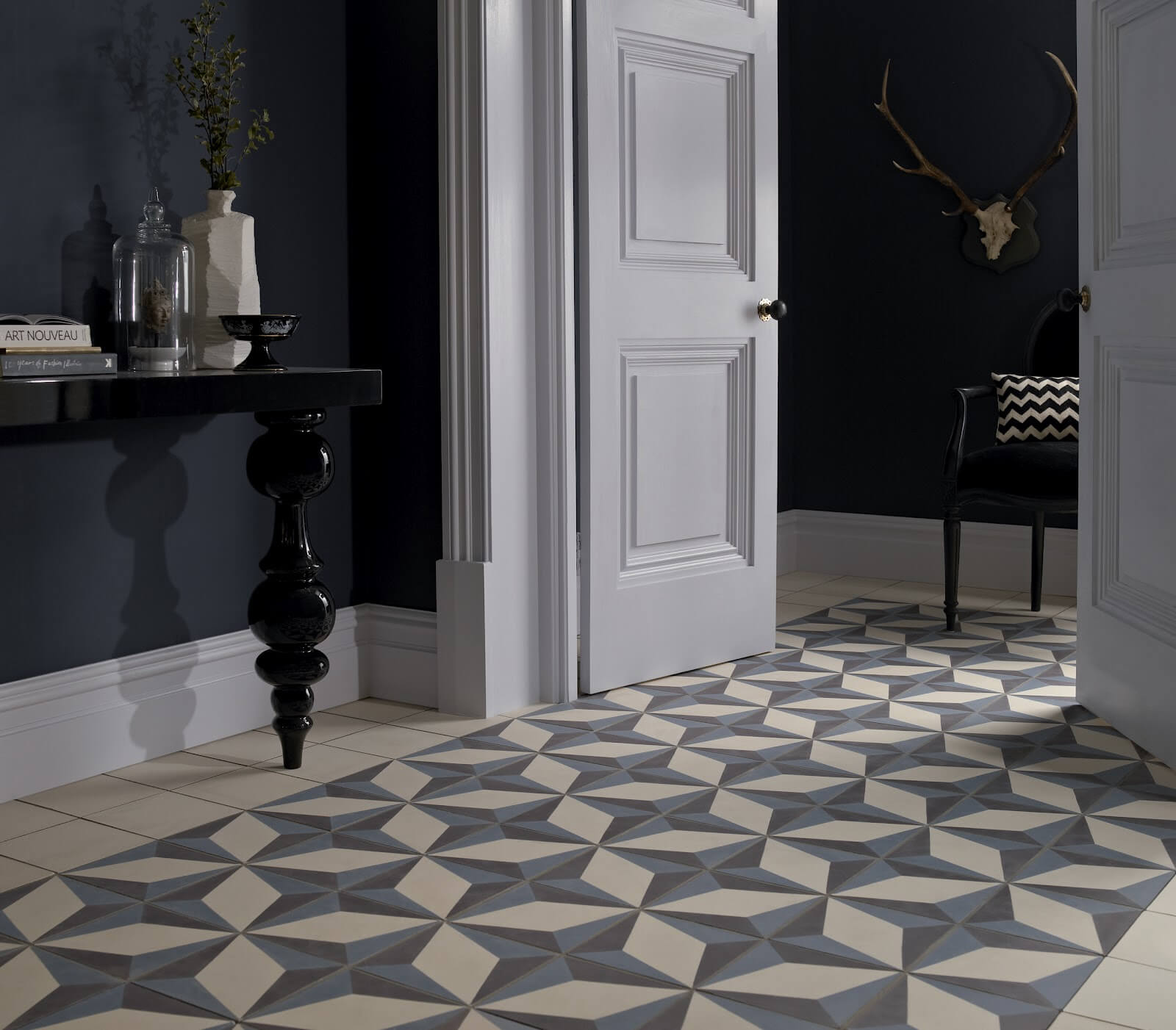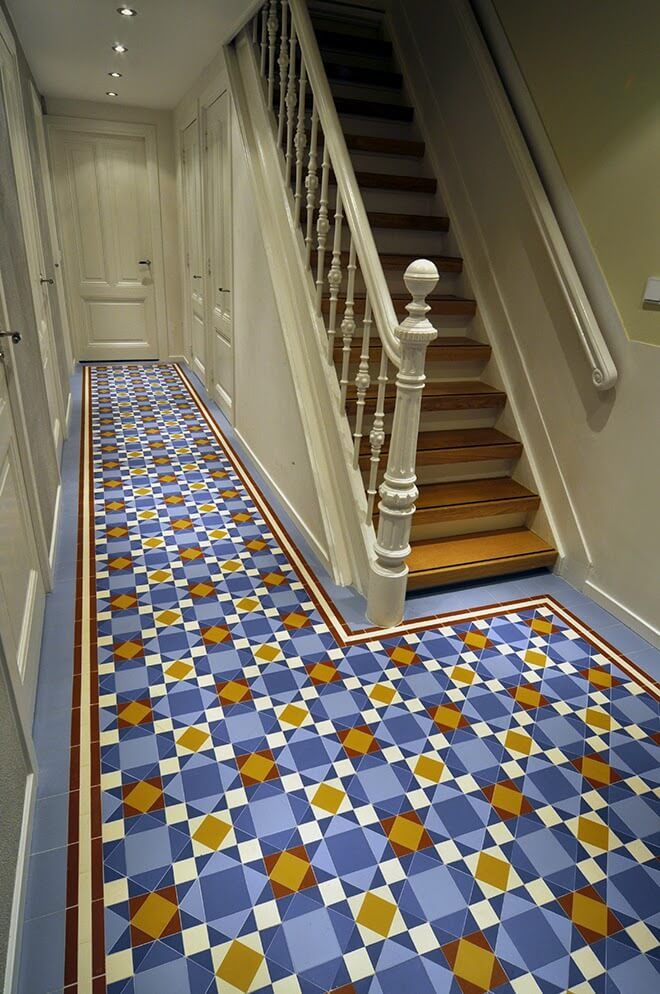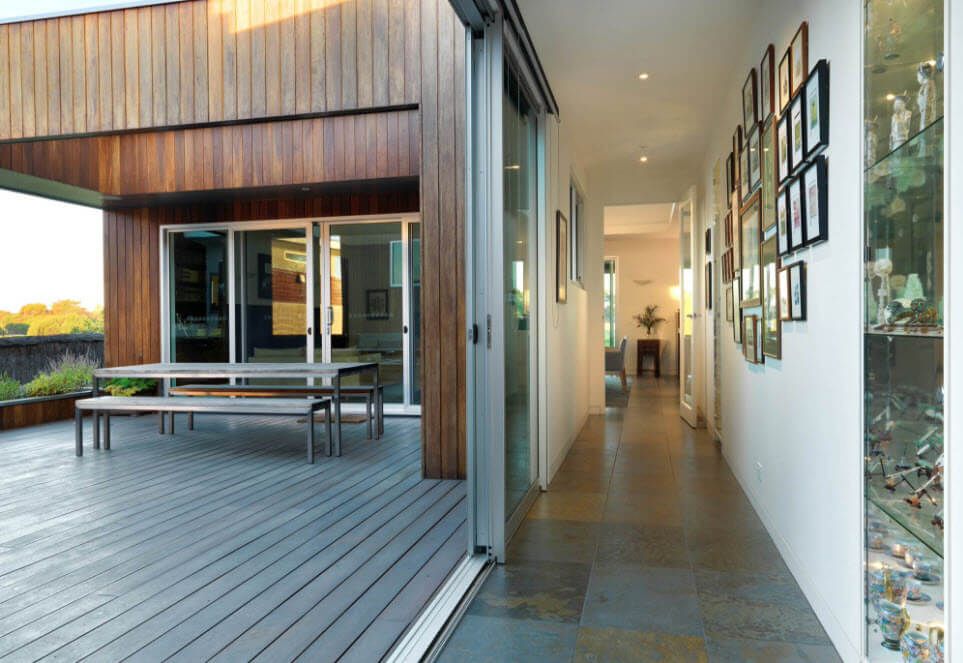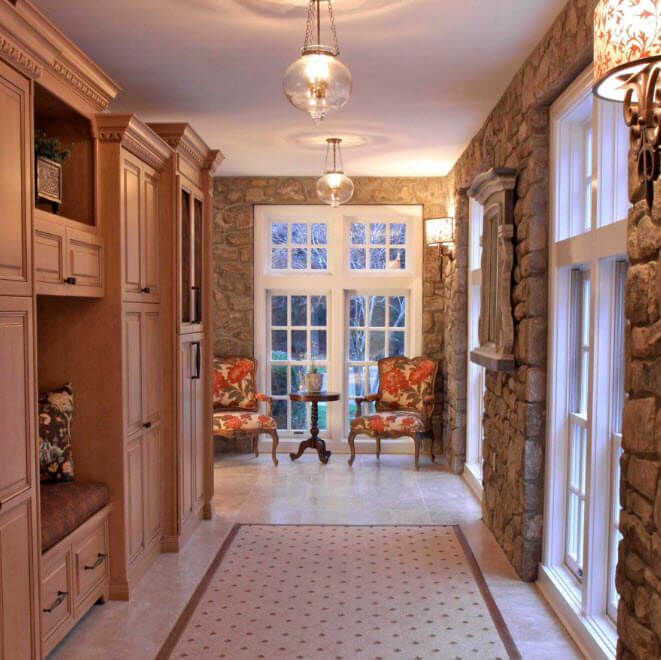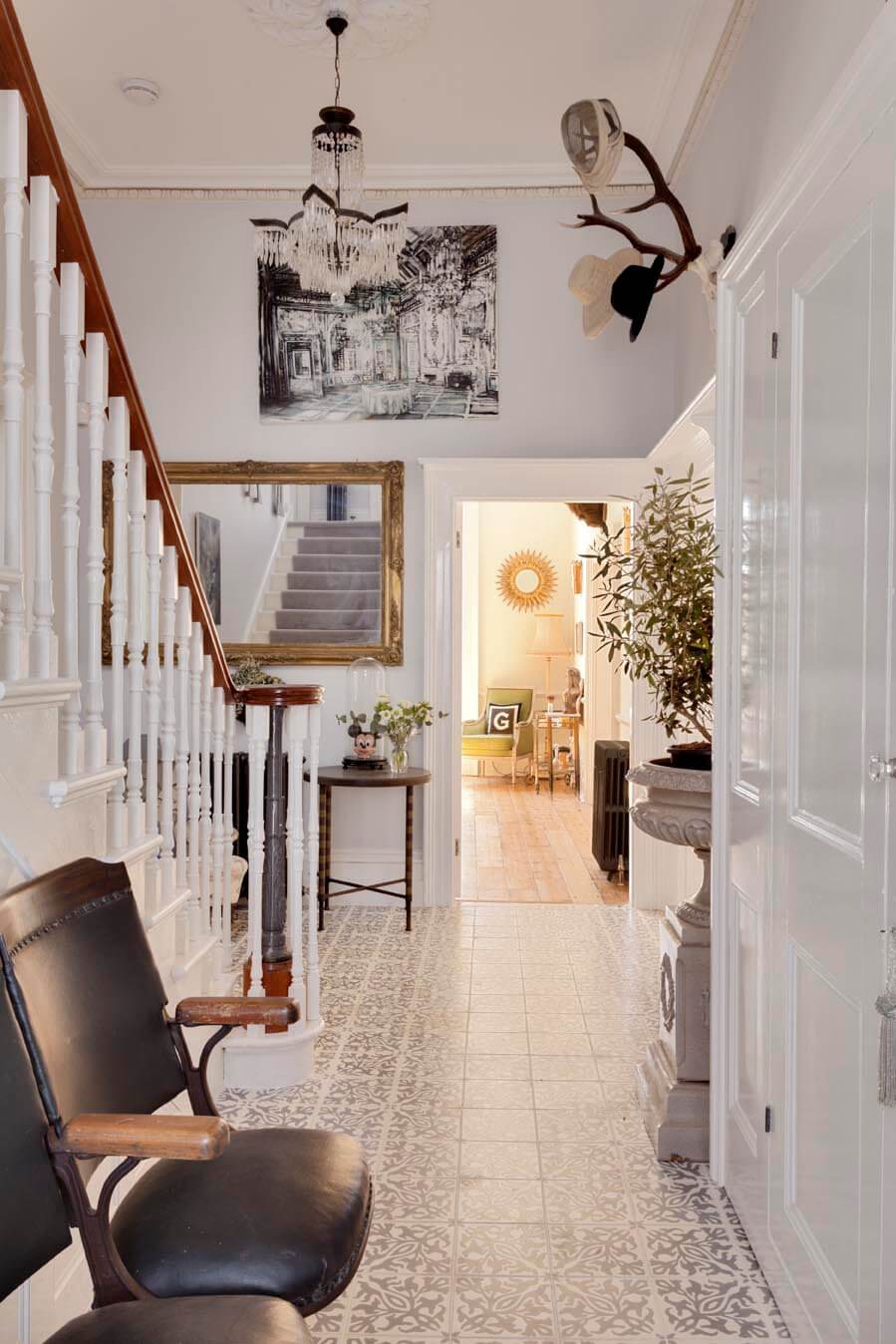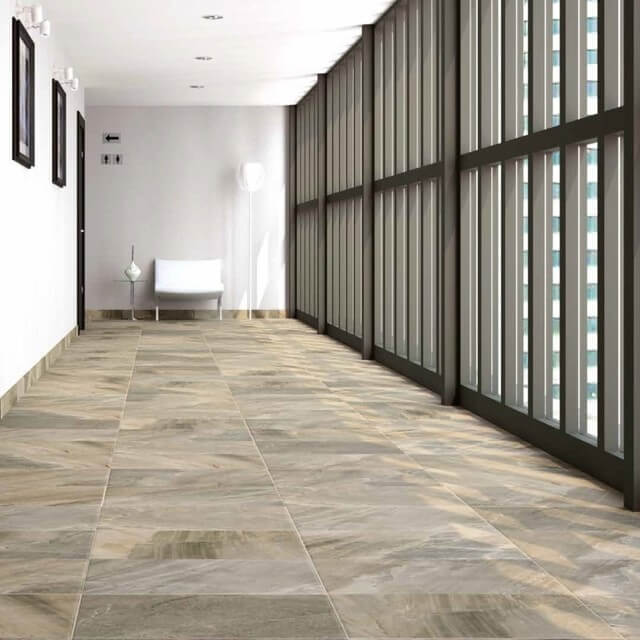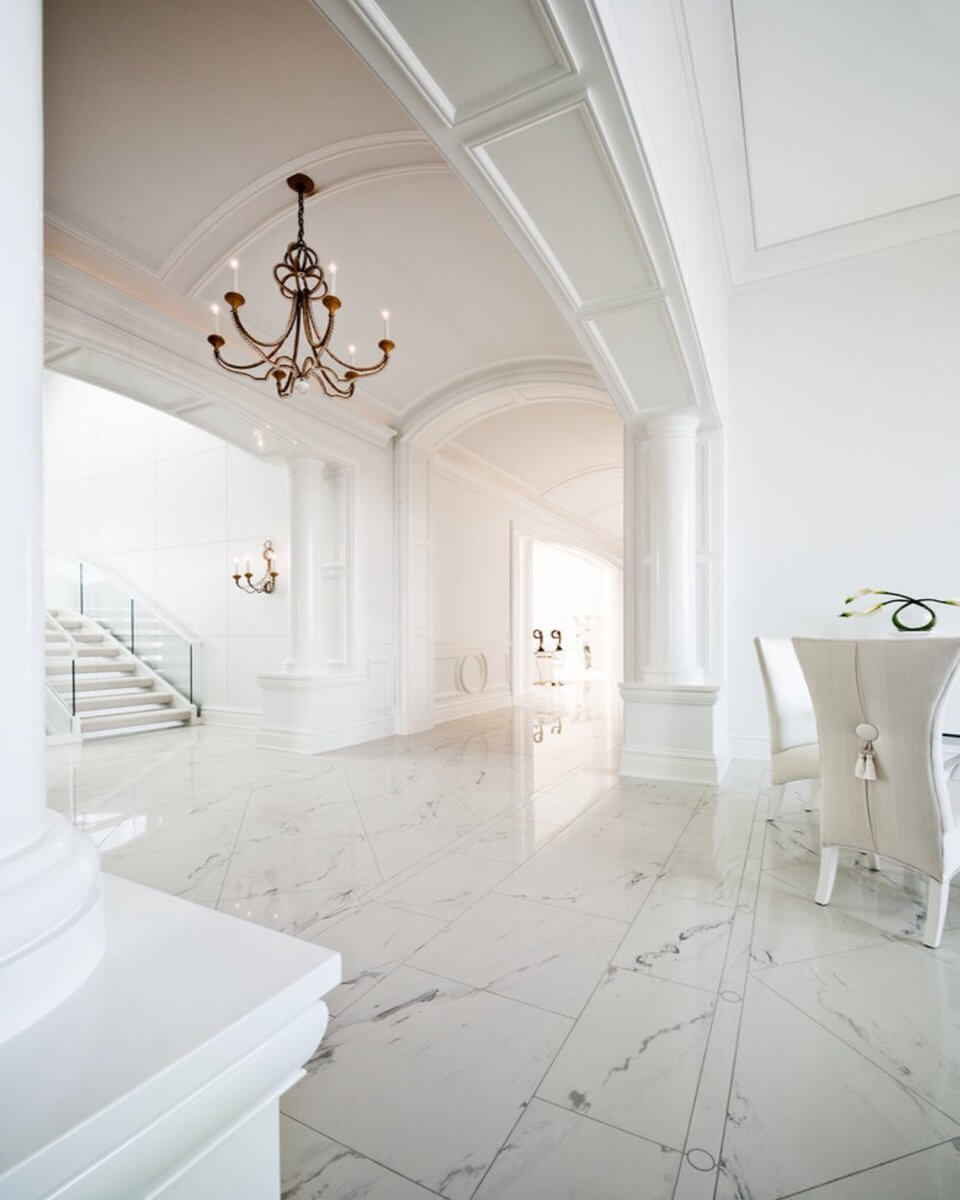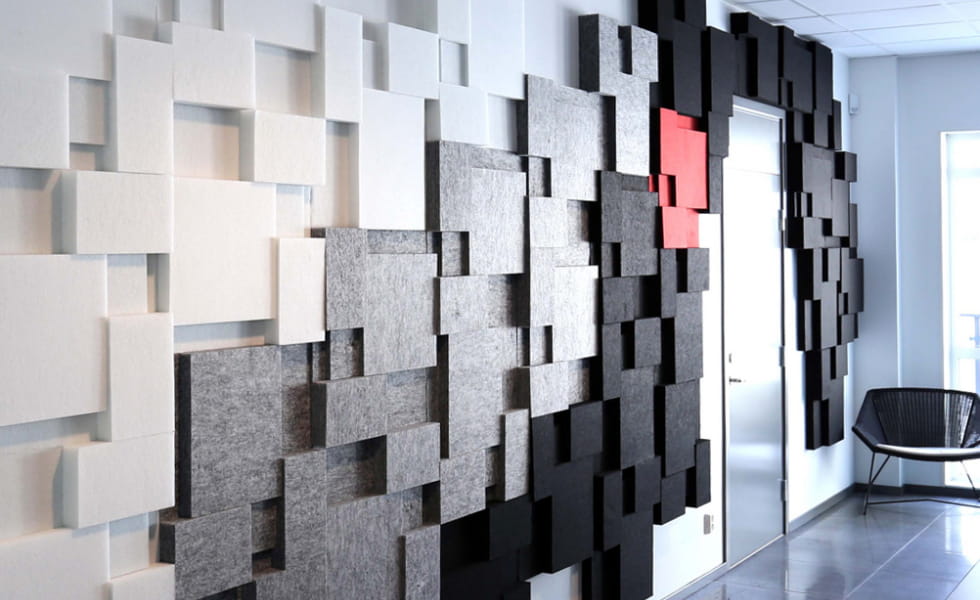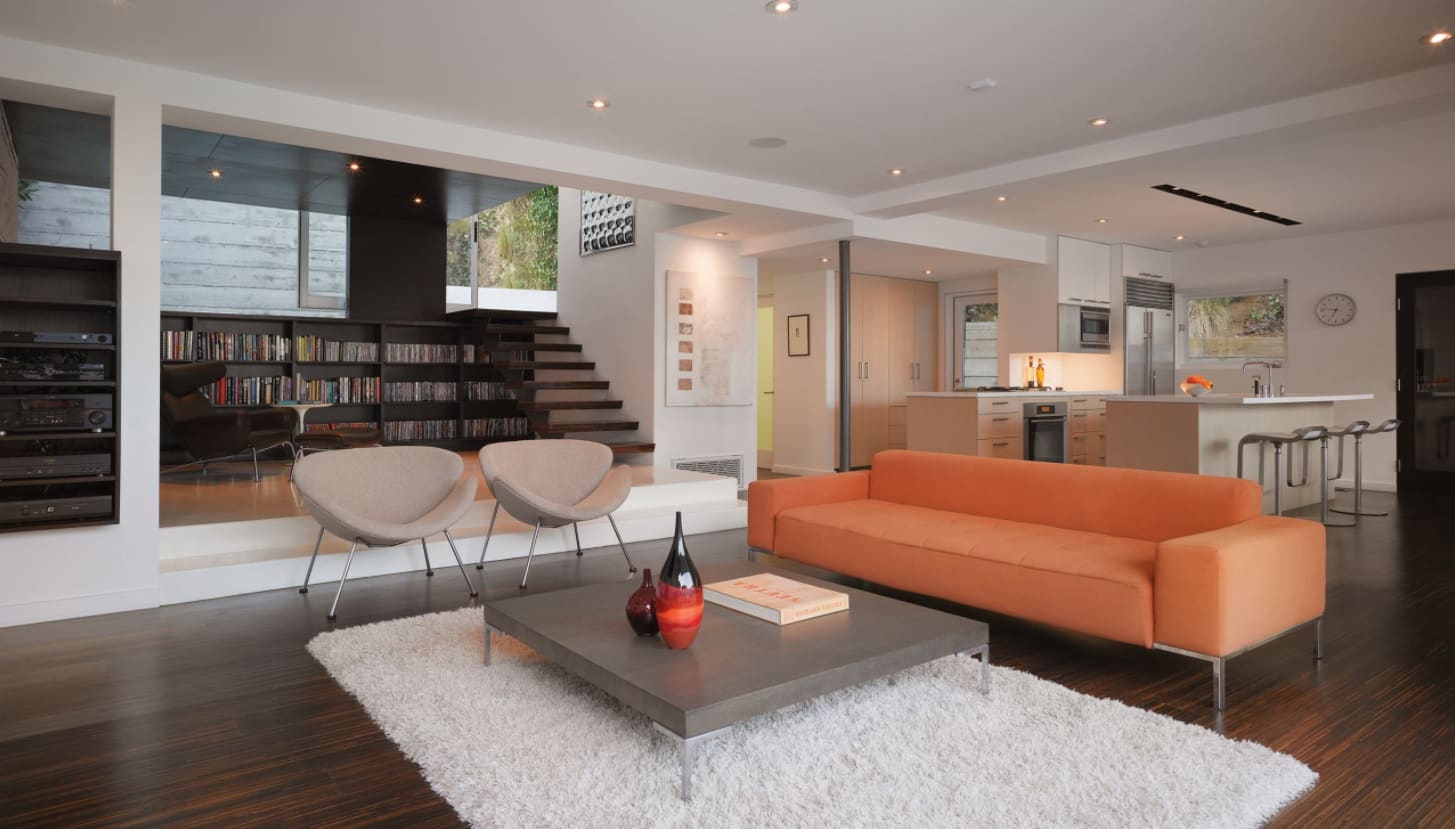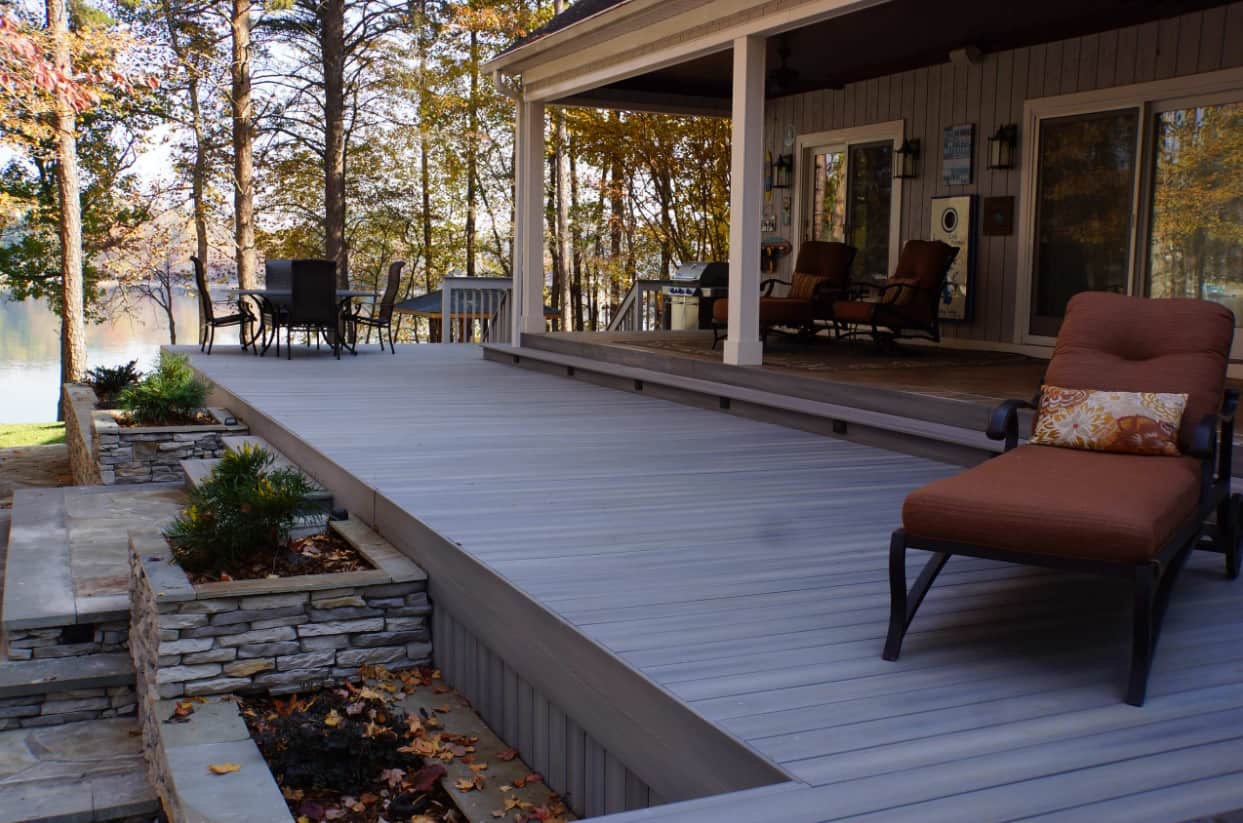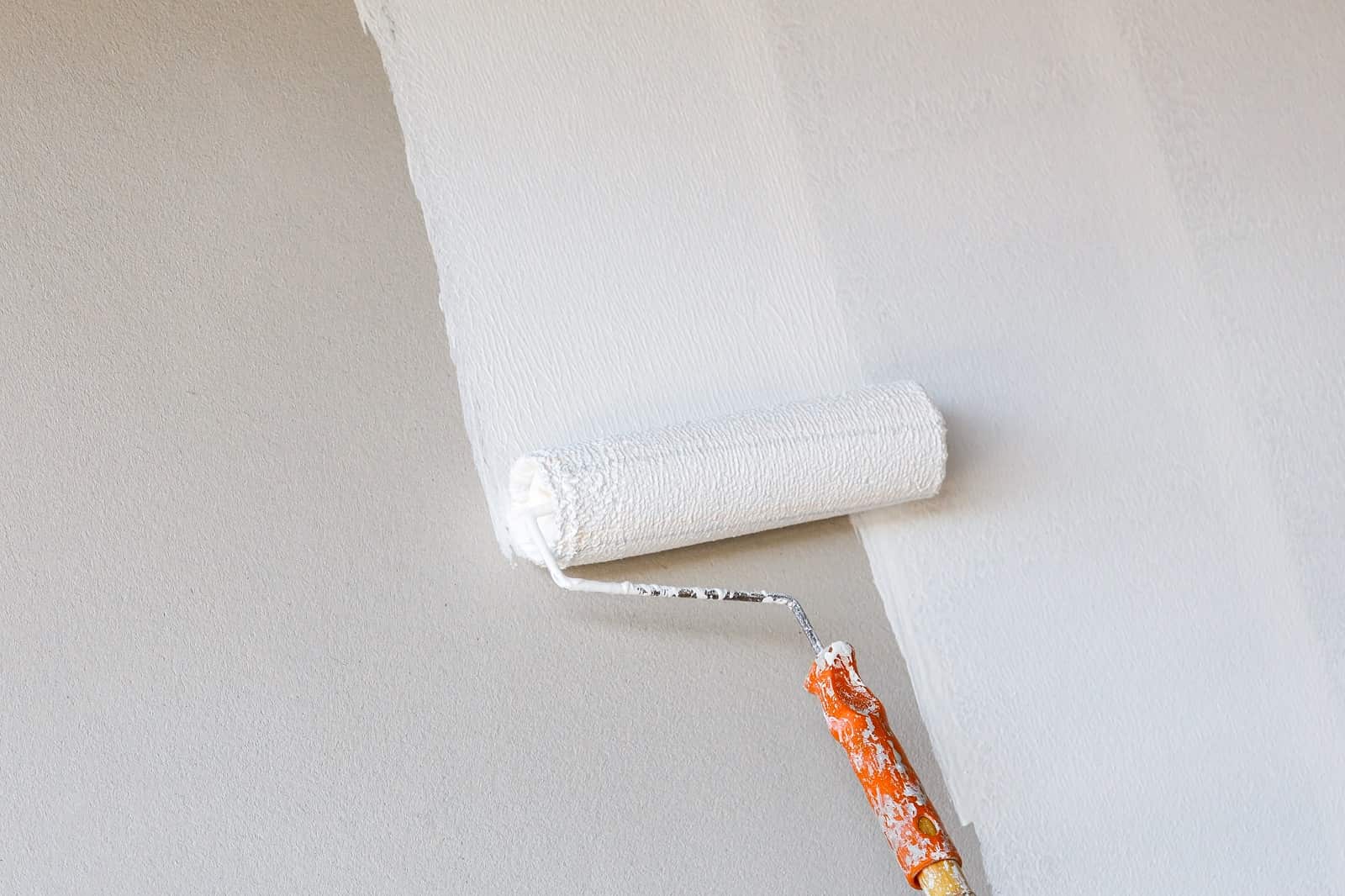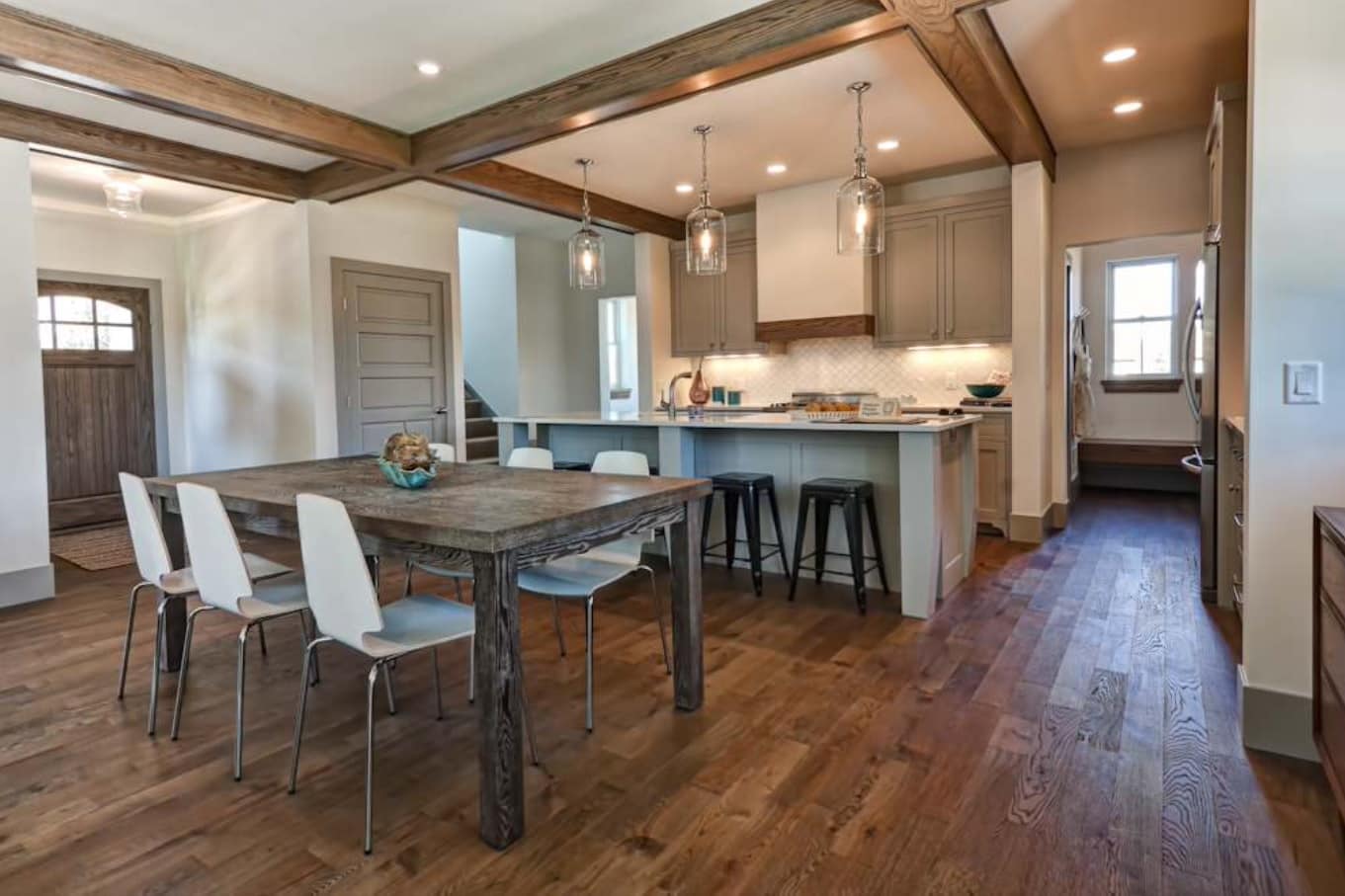Most of us choose the floor based on the ratio of price and appearance. But the floor tiles, as well as other types of finishing materials, have a number of important technological features. Specifically, the most important feature is the surface resistance to various types of impacts. In order to pick up the high-quality tile for particular spaces, especially for hallways and corridors, it is necessary to define the technical requirements for the coating. It is important to understand which stress types and with what intensity the flooring is subjected to when choosing floor tiles for entry and hallway. Also, you should consider the temperature and room humidity indicator, whether the surface needs to be cleansed by means of chemically active substances.
Content:
- The porosity of the material
- Hardness and wear resistance of the tile
- Mechanical properties
- The durability of the tiling.
Suppose you have already decided on the functionality of the rooms. Accordingly, you can imagine what will be the influence on the floor in each room. And now you can go directly to the designer’s decision. As a rule, technical documentation for a tile of any type specifies its technological performance. In addition, the packaging is provided with special markings, also able to tell a lot about the “character” of the cladding material. Let’s try to understand what floor tiles to purchase for repair in the hallways, lobbies, corridors, and other ancillary premises.
Floor Tile Features
The Porosity of the Material
The porosity is a very important characteristic of tiles. Also, other indicators of strength, durability, and wear resistance of the material depend on it. This feature indicates how much water the tile can absorb. It is expressed as a percentage, indicating the increase in weight of the tiles after two hours of immersion in water. Obviously, the tile, which will protect the floors in the hallway, should have a minimum porosity, because the surface will be exposed to moisture (snow, mud) from our shoes and umbrellas. To obtain a low porosity high firing temperature of products is required. As a result of this firing, the material undergoes a greater shrinkage, its flexural strength increases. Non-glazed tiles increase their wear resistance.
Certainly, you wash the floors at the entry more often than in other rooms of the apartment. Experts recommend purchase floor tiles with porosity lower than three percent for private households, and at least six percent for apartment buildings.
Hardness and Wear Resistance of the Tile
For halls, hallways, and lobbies of apartment houses we recommend using tile with a high class of abrasion as a floor covering. The material of class 3 or 4 will be suitable for lining the corridors and hallways. And at the entrance to the premises can be put unglazed tile or ceramic granite. Also, you should consider the surface quality of the products – hardness, resistance to chemicals, cleanability.
When choosing tile for hallway floors, it is also important to take into account other factors, such as the color, “chromatic structure” and shine. The wear and tear of products increase their contamination disposition of the surface. Spots conspicuous on the light and monochromatic surfaces are less visible on the dark, grainy ones, or products with a colorful pattern. At the same time, on the glossy, shiny surfaces scratches are visible very well. You should take into account this factor if you often wear high heels shoes.
Mechanical Properties
All the mechanical properties of tiles are related to the ability to resist various loads – starting with the weight of the furniture and to the movement of bags on wheels. Most often people pay attention to the following two types of characteristics – resistance to bending and bending strength. The resistance to bending depends on the index of material hygroscopy – the higher the porosity of the tiles, the lower is the index. For example, porcelain tiles’ moisture absorption value is 0.5%, while the single-fired tiles – 10%. Resistance to bending index distributes accordingly. Bending strength depends not only on the porosity of the product but also on its thickness. The thicker tiles, the higher are the tensile strength.
The most intense (and frequent) impact on the surface of the tiles comes from the soles of our shoes, which can be made of different materials, including metal taps on the heels. In addition, the more dirt is on the shoe soles of ours, the quicker wears the floor covering. To avoid this situation, it is best to use dirt-absorbing sill mats. Therefore, you save your time for the more pleasant things than cleaning.
The Durability of the Tiling
The durability of the tiling can be easily characterized by two parameters – the Mohs index surface hardness and wear resistance of ceramics. On a scale of surface hardness minerals can be positioned in the following sequence:
- talc – 1;
- gypsum – 2;
- calcite – 3;
- fluorite – 4;
- apatite – 5;
- feldspar – 6;
- quartz – 7;
- topaz – 8;
- corundum – 9;
- diamond -10.
The wear resistance of ceramic tiles is measured in standard units from 1 to 5 on a P.E.I scale. Group (1-5) of either particular tile’s model is specified on the packaging. In order to keep your minds out of information about each of the five groups, except to say that the hallways, the corridors, and halls, characterized by a high enough traffic rate, average Abrasion surfaces suitable articles belonging to the fourth group (in a pinch, you can use material from the collections of the third group). Moreover, our minds are used to things very quickly. Of course, sooner or later you will want something to change in your apartment. Maybe, it will be a tile.

